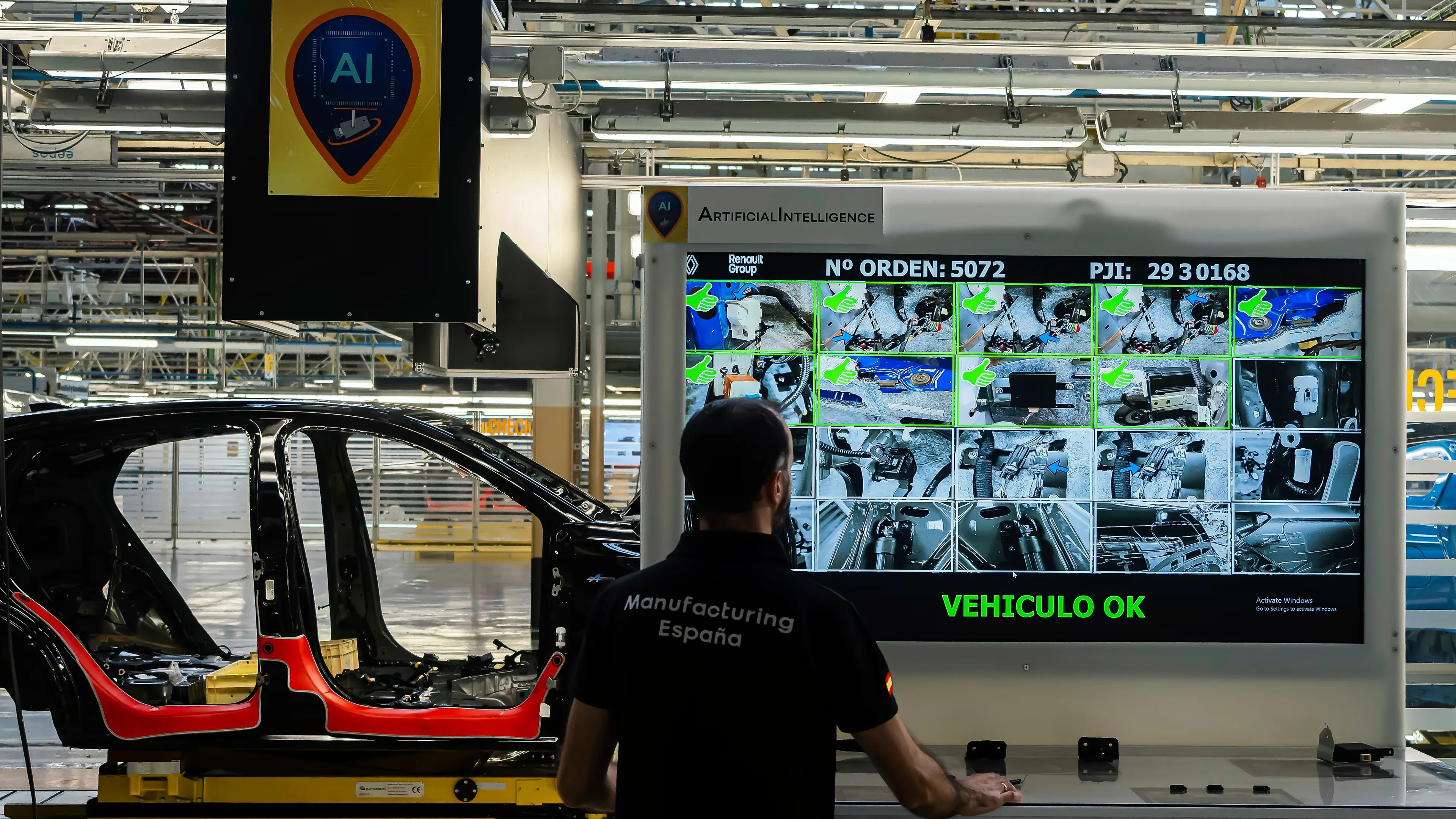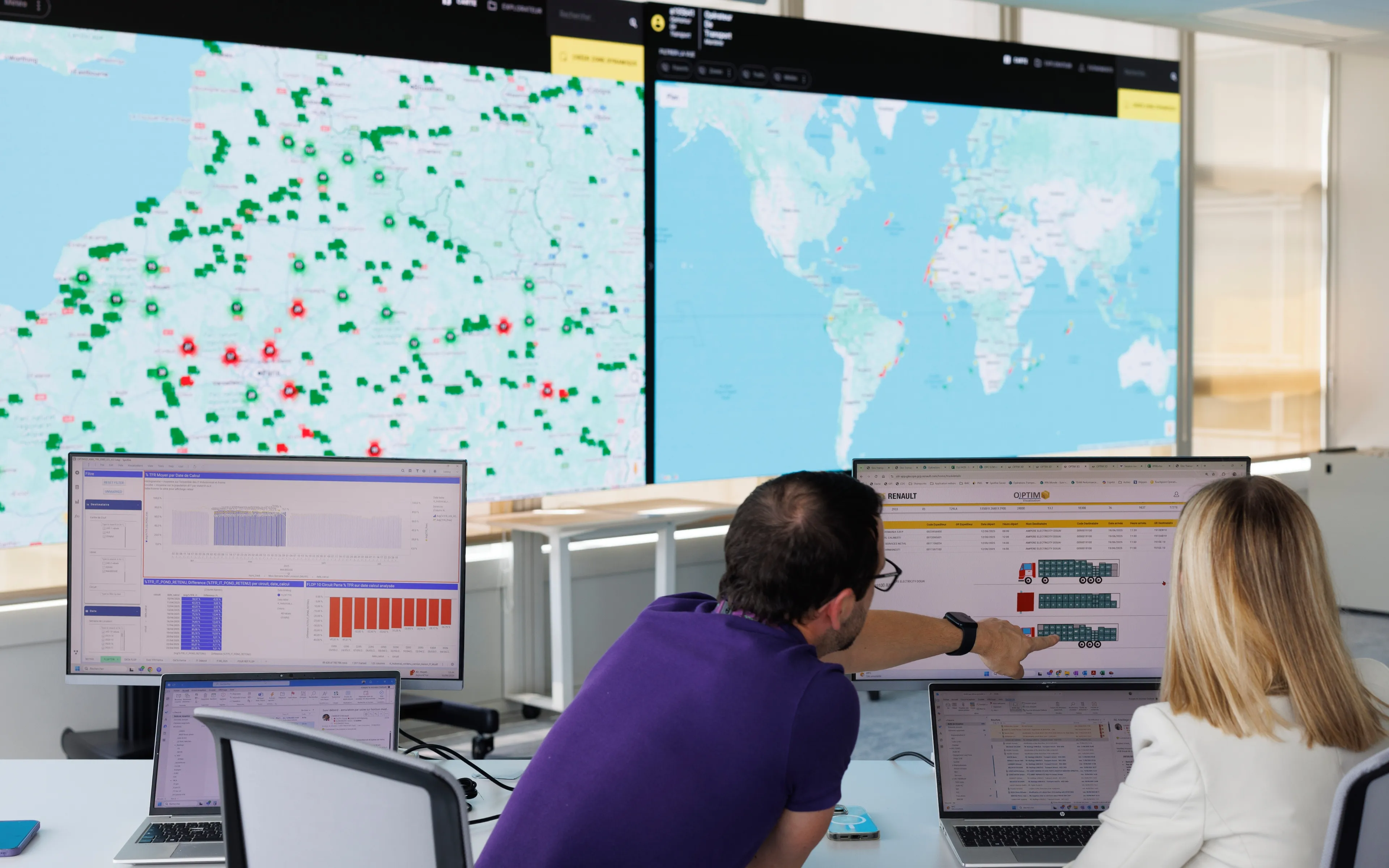Artificial intelligence in driving aids, for more intelligent cars
Published on
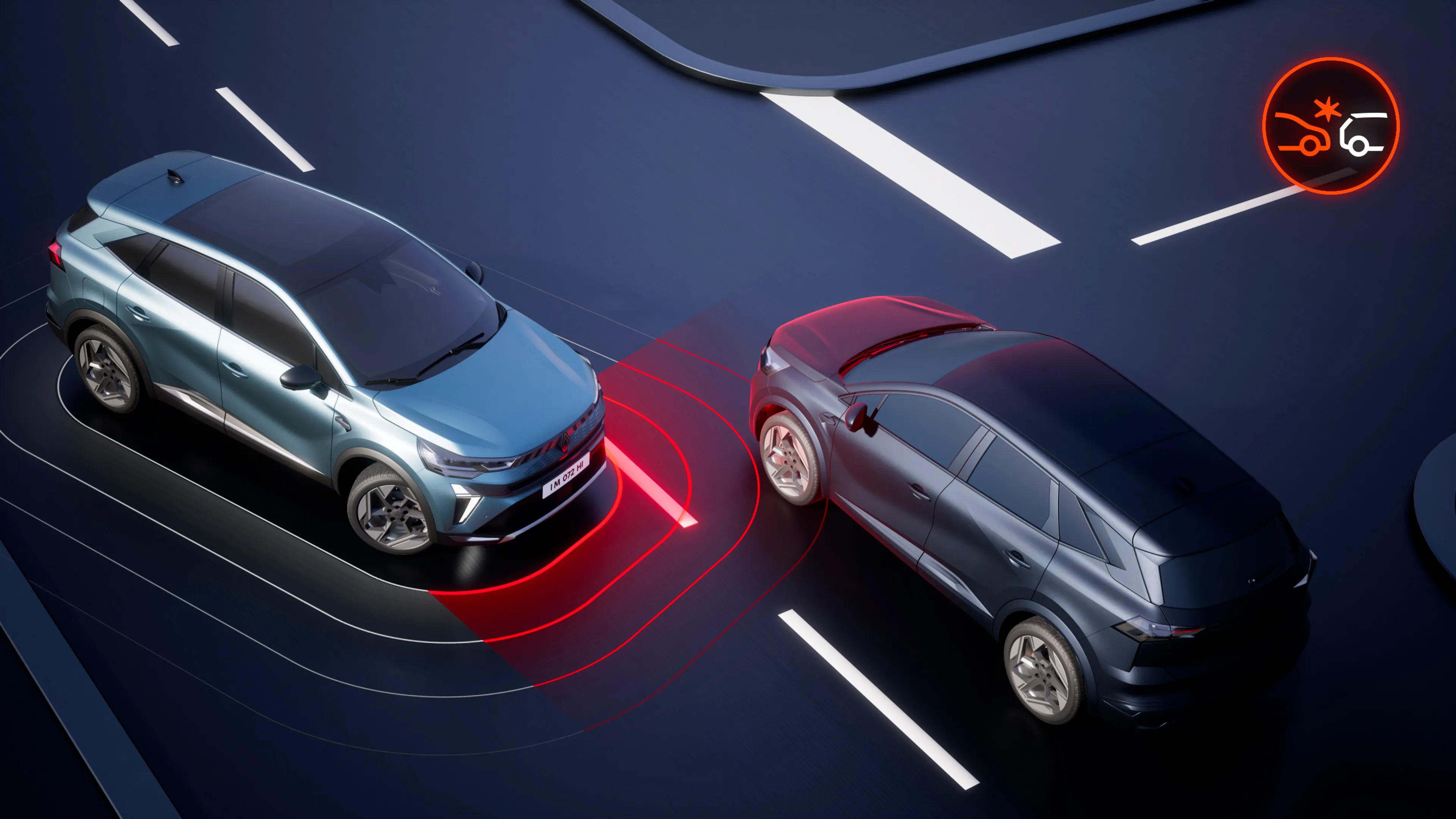
AI in action at Renault Group - Episode 3
A key focus of our sustainable development strategy, safety is a priority for Renault Group. The company equips its brands’vehicles with new-generation driving aids and is (already) using artificial intelligence to improve their efficiency. Find out which vehicles are concerned and how this approach works in this new episode of our series on AI within Renault Group.
What is the role of artificial intelligence in driving aids?
Since ABS – the first active safety system – made its debut in the 1970s, cars have gained an exponential number of driving aids. A hybrid family car such as Renault Symbioz, for example, includes 29 driving aids, including the new rear automatic emergency braking function.
From the wheel to the engine to the passenger compartment, sensors are everywhere. And a growing number of ECUs are required to manage and interpret the information gathered. These increasingly sophisticated systems are like small computers.
AI is an effective solution for managing this technological complexity. It is able to increase the operational reliability of driving aids for more robust analysis in the face of environmental constraints.
Inside augmented vehicles, AI is gradually finding its way into multimedia systems to meet our needs and even anticipate them.
In other words, AI improves the interpretation of sensor information, whether for triggering safety equipment or ensuring the reliability of information displayed on the dashboard.
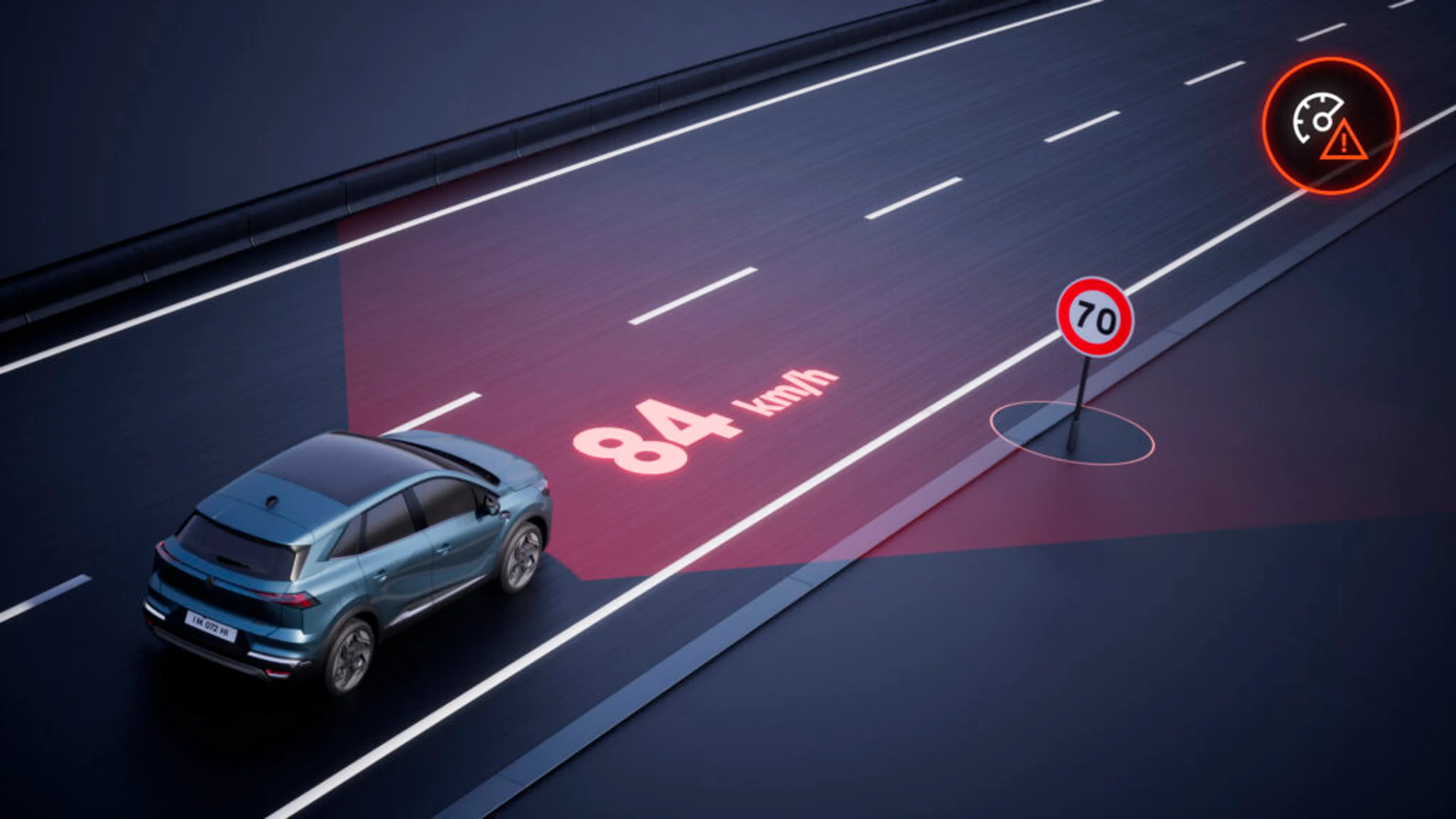
Let's take the example of Intelligent Speed Assistance (ISA). Compulsory in France since July 2024, it displays traffic signs on the dashboard. On Renault Group vehicles, AI is used to improve the performance of road sign recognition by the camera located above the rear-view mirror To achieve this, it analyses the images taken by the camera thanks to an AI trained on millions of photos of real road signs.

Which driving aids use AI?
Applied to the automotive industry, AI cannot simply be an add-on. It has to play a real role and meet a genuine need. The type of AI used in Renault Group driving aids is therefore mature, proven, fully integrated and validated over millions of kilometres.
For security reasons, the AI used onboard Renault Group vehicle cannot update itself or perform any action/command that is not in the “rules” of its settings.
Today, the best-known and most popular type of AI is so-called "generative" AI, which is learning-based (created by the famous neural networks). This is the type of AI used by Large Language Models or LLMs (i.e. conversational agents using AI to generate texts) such as ChatGPT. Although it is extremely valuable for accelerating and improving the quality of software development, it is not yet used for driving aids. However, other types of AI are used for this purpose.
Fully integrated in the car, the predictive AI is also based on neural network learning. It is capable of interpreting signals, such as images from cameras, to understand their meaning and, for example, recognise the signs that the car passes.
But another type of AI is also at work. This is symbolic AI, based on rules rather than learning. By applying the rules of the highway code, for example, it enables the vehicle to behave appropriately in any given situation.
AI is deployed gradually on Renault Group vehicles. It is first used in vehicle driving aids. However, systems for analysing activity on board the vehicle are now available. And with Reno, the scope of the multimedia interface is also concerned since the friendly animated diamond allows interaction with an LLM running on servers.
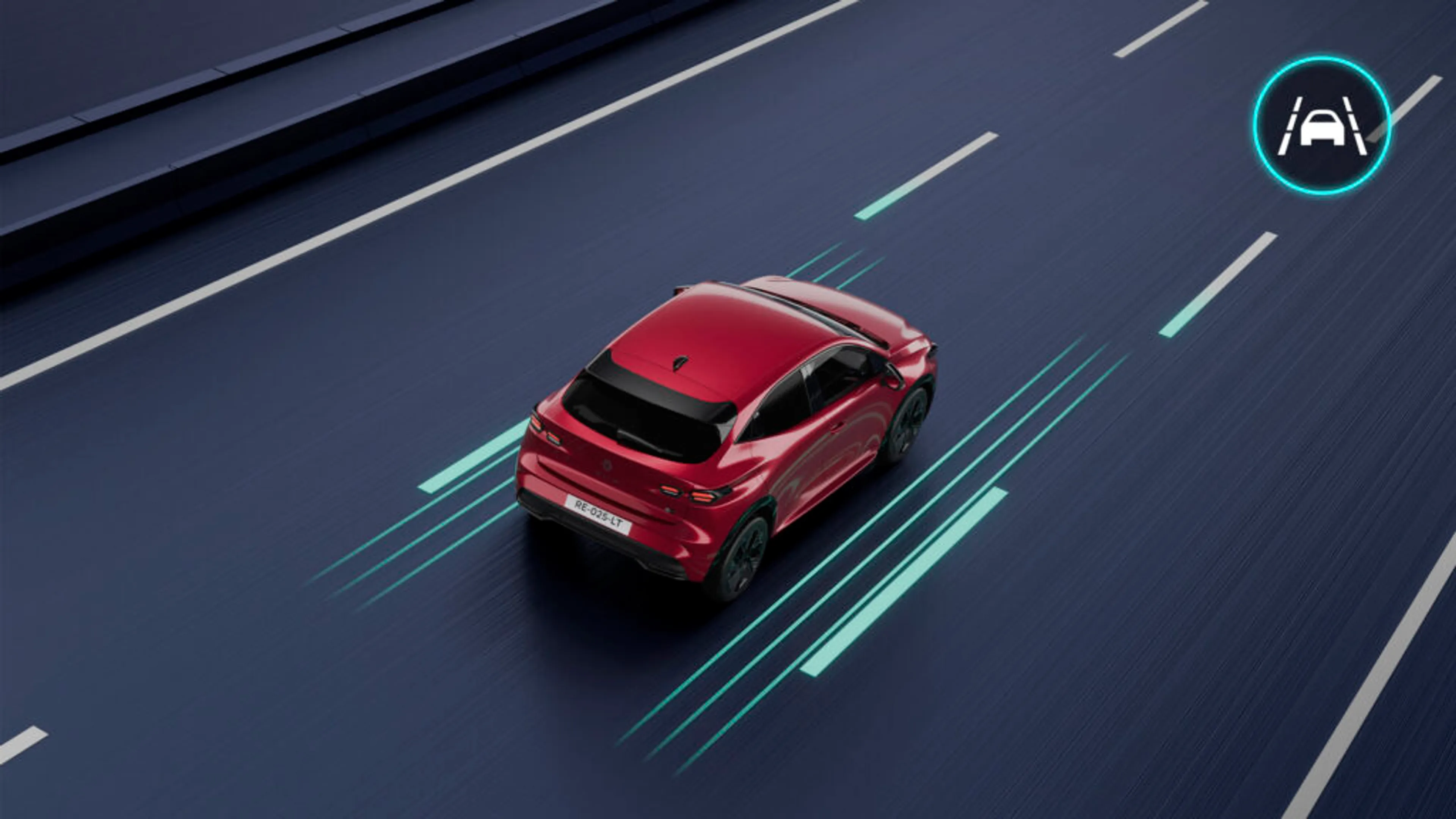
In Renault Group vehicles, such as New Clio, AI is is used to interpret camera signals and extract the information necessary for the operation of driver assistance systems:
- Adaptive Cruise Control (ACC), which adjusts speed to maintain a safe distance from the vehicle in front
- Lane Assist, which identifies road markings to set the vehicle back on course if necessary
- Intelligent Speed Assistance (ISA), which displays the current speed limit on the dashboard.
A new AI-based facial recognition system
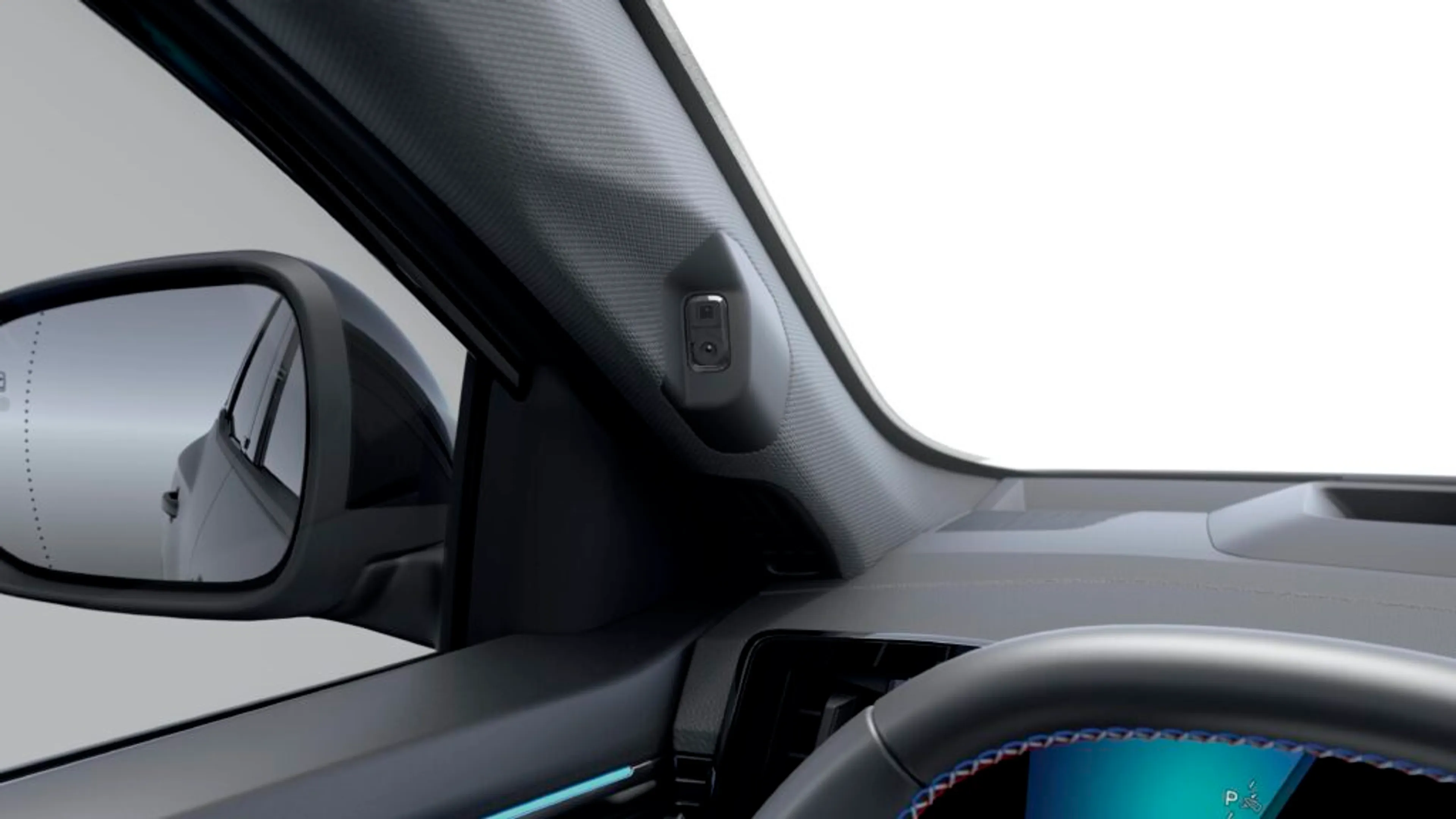
New Renault Austral and New Renault Scenic are pioneering the use of AI in the cabin with a driver recognition function. Using a camera in the left-hand windscreen pillar (A-pillar), this system is able to identify the driver and personalise a range of settings: home menu, favourite radio and media stations, driving position (power adjustment of driver's seat and door mirrors) and Google apps, using the OpenR link system.
Renault also used AI to develop the app “Take a break!” (available for downloading from MyRenault) to detect driver fatigue and drowsiness. Specifically, the app uses images from the onboard camera to interpret the facial movements of the driver. If they blink frequently, close their eyes or yawn constantly, the system sends out an alert, encouraging them to take a break.
Today, AI in driving aids is already making cars more intelligent. And in the future, the technical capabilities of the Software Defined Vehicle (SDV) will considerably expand the scope of AI applications. Based on centralised electrical and electronic architecture managed by a super ECU, itself driven by a powerful operating system, the SDV will enable the integration of new functions throughout the vehicle's life cycle.Renault Group is leading the way in this field with automotive platforms designed by its pure player Ampere, to manufacture the latest generation of electric vehicles and training teams in automotive data and AI. The use of AI in cars is still in its infancy...

